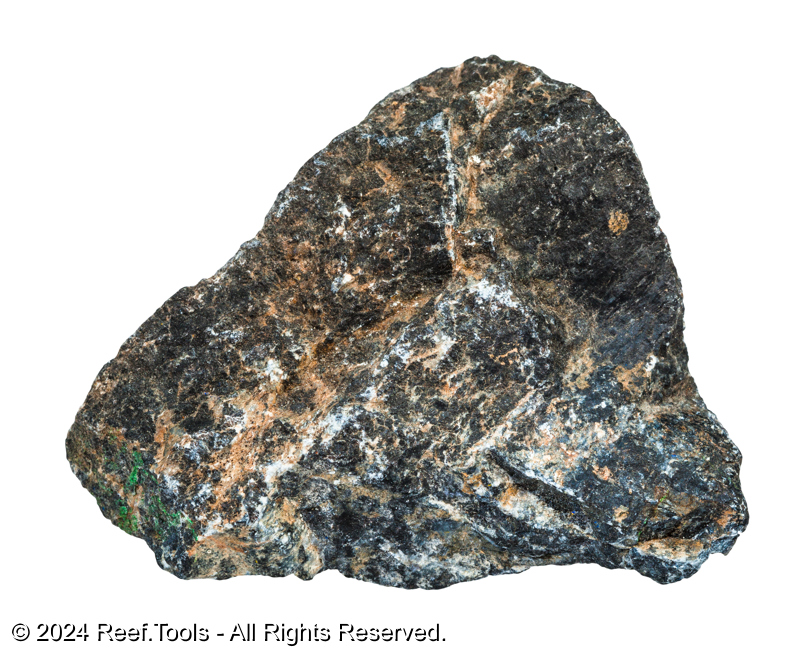
Chromium (Cr)
Transition Metals
Atomic Number: 24
Last Reviewed: 12/15/2024
Chromium (Cr) is a trace element present in marine environments, existing primarily in two oxidation states: trivalent chromium (Cr³?) and hexavalent chromium (Cr₆?). Its role in reef aquariums is nuanced, with both essential functions and potential risks.
In natural seawater, chromium concentrations typically range from ₂ to ₅ nmol/kg (approximately ₀.₁ to ₀.₂₆ µg/L), with Cr₆? being the thermodynamically stable form. However, significant amounts of Cr³? have been detected, indicating complex redox dynamics.
Natural Seawater Levels
Concentration: Natural seawater contains chromium at approximately 0.04–0.5 µg/L.
Risks
Deficiency: Low chromium levels can lead to poor skeletal growth and pale coloration in corals.
Excess: Elevated chromium concentrations (above 0.4 µg/L) are considered overdoses and can be toxic, leading to adverse effects on marine life.
Relevancy
Biological Role: Chromium is considered an essential trace element, involved in the formation of enzymes related to fat metabolism in coral tissue cells.
Coral Health: Adequate chromium levels may support skeletal growth and coloration in corals.
Ocean Values
| Reference Name | Low | High | Optimal | Unit |
|---|---|---|---|---|
| Caribbean Ocean | 1.0000 | 4.0000 | 2.0000 | µg/L |
| Australia Ocean(Generic) | 5.0000 | 20.0000 | 10.0000 | µg/L |
| Hawaii Ocean | 2.0000 | 10.0000 | 5.0000 | µg/L |
Regional Variations
Chromium concentrations can vary based on proximity to industrial areas and freshwater inputs, which may introduce higher levels of chromium into marine environments.
Dosage Recommendations
Target Level: Maintain chromium concentrations between 0.1 and 0.4 µg/L.
Supplementation: If supplementation is necessary, follow manufacturer guidelines and adjust based on regular testing to prevent overdosing.
Handling
Testing: Utilize precise analytical methods like ICP-OES for accurate chromium measurement.
Supplementation: Administer chromium supplements judiciously, adhering to recommended dosages to avoid toxicity.
Reef.Tools recommends: Maintain Chromium (Cr) concentrations between 0.0000 and 0.0020 µg/L.
References
- Geisler, C.-D., & Schmidt, D. (1991). An overview of chromium in the marine environment. Deutsche Hydrografische Zeitschrift, 44, 185–196. SpringerLink
- ReefPedia. (n.d.). Chromium in a Marine Aquarium and its Importance. Reefpedia
Difficulty
Rating: Moderate
Chromium has a small "safe zone." Levels below 0.1 µg/L may be inadequate, while levels above 0.4 µg/L can become toxic.
Categorization
Element Type: Trace Element
Role: Enzymatic Function, Skeletal Growth
Not Usually Deficient
High-quality synthetic salt mixes often contain sufficient chromium to maintain natural seawater levels, making deficiencies rare in well-maintained systems.
Essential
Chromium plays a role in enzymatic processes, including those related to fat metabolism in coral tissues. This supports coral growth, repair, and overall vitality. While its role is less direct than elements like calcium or magnesium, it is still biologically significant.
Aliases
Cr, Chromate: CrO₄²⁻, Dichromate: Cr₂O₇²⁻